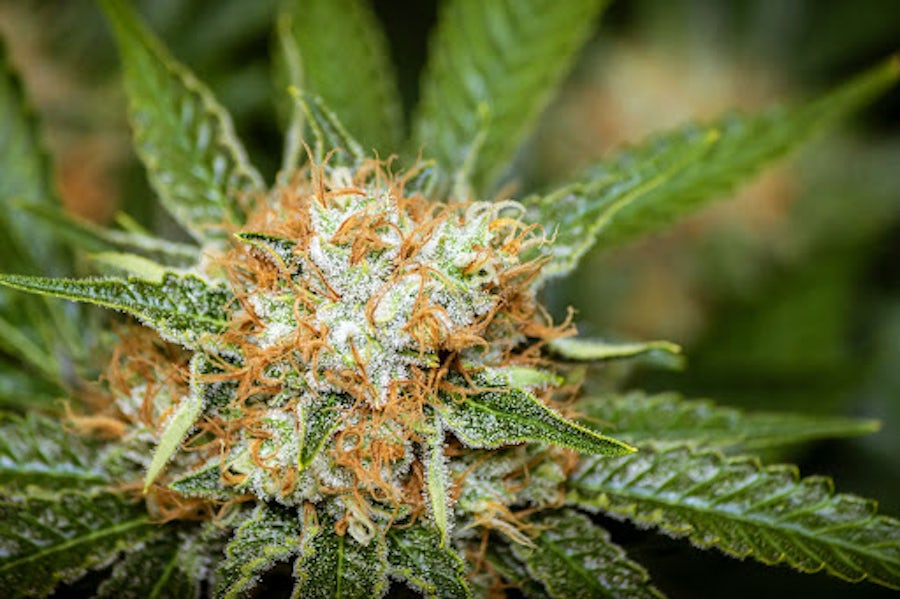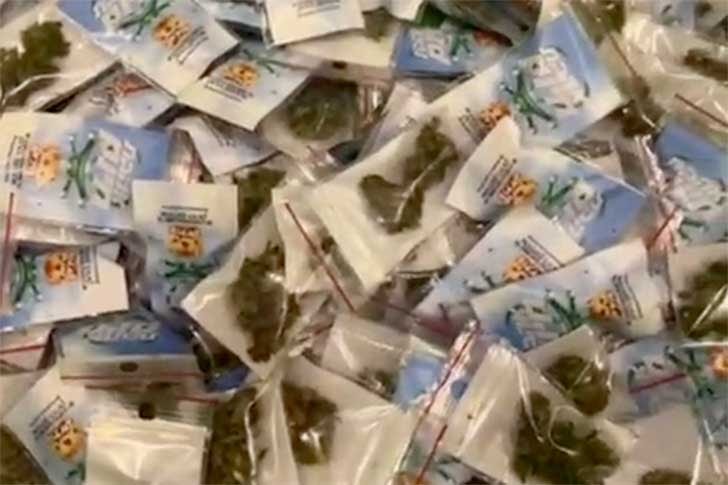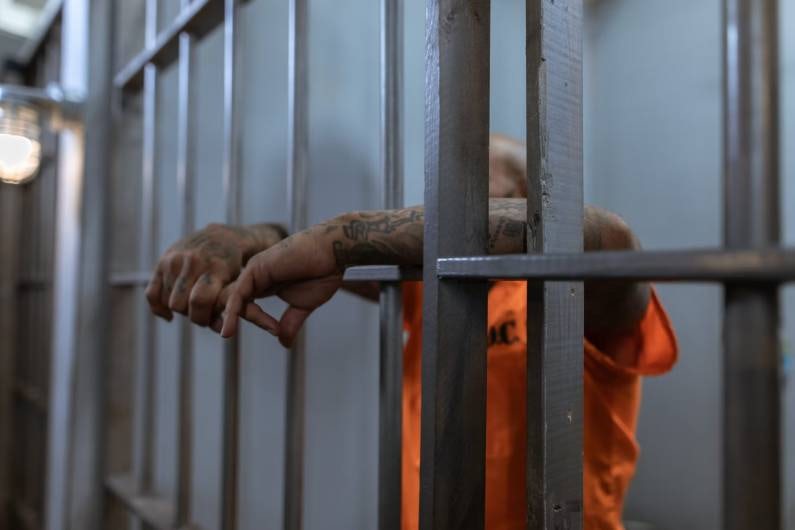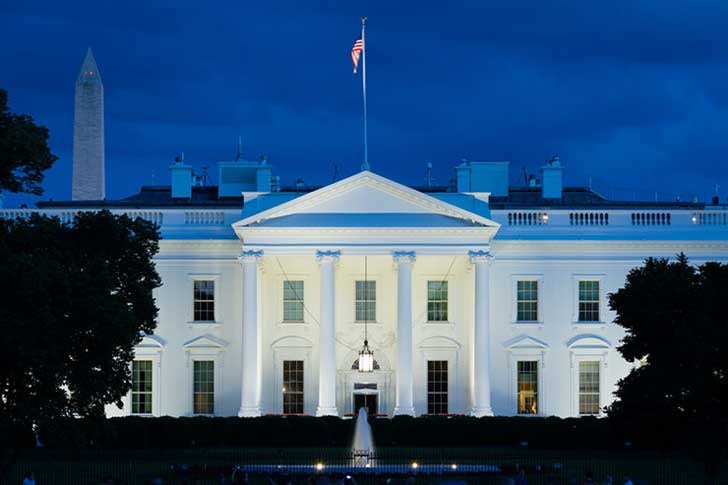Having an abundance of very potent cannabis at your fingertips is a great problem to have, but are we missing the point when we talk about the potency of cannabis strains? When it comes to the effects of cannabis, there’s a lot more at play than just how much THC is in every nug. Instead, it’s better to take a more holistic look at cannabis chemovars, their cannabinoid and terpene profile – and your own personal tastes and goals.
What types of cannabis strains are there?
There are thousands upon thousands of cannabis strains in circulation today, and at last check, the seed database Seedfinder has registered 22,572 different cannabis varieties. But beyond the usual terms like “Kush,” “Haze,” “Indica,” or “Sativa,” the majority of cannabis strains can be organized into three general categories: Type 1, Type II, and Type III.
- Type I: THC-dominant strains that have little or barely any CBD. These strains are best for when you’re looking for a stronger high, or you need the therapeutic benefits of a large dose of THC. The majority of the flower available in the average dispensary are Type I, and these tend to be the most popular and expensive strains.
- Type II: These are strains that have a more balanced ratio of THC-CBD, and often include more CBD than THC. These strains are most often sought after by people looking for a more even-keeled high, or who want the effects of cannabis without an overwhelming high – but would still like to feel a little something.
- Type III: These strains are CBD-dominant and have little or no THC at all. These are often non-intoxicating strains that are meant for people who want the therapeutic benefits of cannabis without the high.
What do strain names mean?
Strain names can tell you some things about a particular cannabis variety, but only so much. The name can indicate what the flavor or aroma is like (Lemon Tree, Sour Diesel) or hint at which strains were used to breed it (for instance Critical Kush, a cross of Critical Mass and OG Kush). It can also indicate whether or not the strain was bred from a Kush or Haze strain.
Other names can suggest a truly staggering or high-powered high, like Death Star, Bruce Banner, or Jet Fuel. And some names, like Afgoo or Gorilla Glue can evoke the sticky, resin-coated buds and “couchlock” effect they’re associated with.
But can the name be a guide for how the strain will make you feel?
A much more reliable way to gauge how the strain will make you feel is to look at the cannabinoid and terpene profile on the label, and also check the certificate of analysis if it’s available. This will tell you how much THC and CBD the strain has, indicate the presence of minor cannabinoids, and identify which terpenes are present in a particular chemovar (strain).
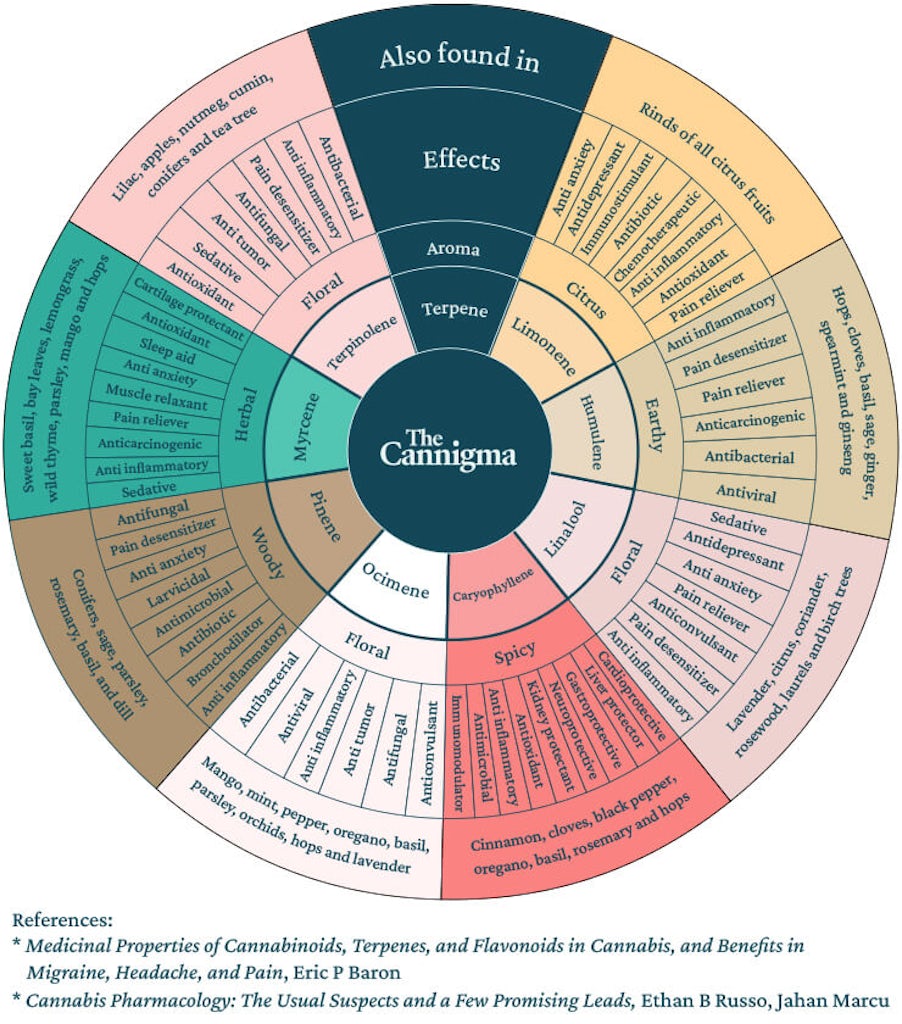
Ultimately, the most effective tool is trial and error. Make a note of which products have produced the best high for you in the past, and then seek out cannabis varieties that have a similar chemical make-up, or ask the budtender at your dispensary which products are most similar to the ones that you have enjoyed in the past.
What does a ‘strong’ weed strain even mean?
When someone says that a strain is really strong, what does that actually mean? Does that simply mean it has a lot of THC? Does it mean that it produces a full-bodied “couch-lock” sensation or the type of energetic high that will have you laughing through the aisles at the supermarket or hiking down a nature trail in your neighborhood spellbound like never before?
Typically, a “strong” cannabis strain is one that will get you really stoned or very high.
Because Tetrahydrocannabinol is the main intoxicating component of cannabis, typically a strong strain will be one that has a high level of THC. This is a bit relative, but in today’s cannabis world, high THC strains typically are well over 20% and push 30% or a little higher.
But the strength can also depend on the terpene profile. Terpenes can produce a variety of effects, and the concentration or variety of terpenes in a particular strain can make a big impact on how you feel. For instance, the terpene Limonene has a citrus aroma and can have an invigorating effect. The very common terpene Myrcene is commonly described as having a sedative effect, so a high level of Myrcene in a strain can suggest that it is more likely to produce the couch-lock sensation.
Unfortunately, we know very little about the true influence of combinations of terpenes and other scent molecules on the cannabis experience. It’s based on user-reported effects that different strains of cannabis produce different effects, which can also vary from person to person. By paying close attention to the combination of various terpenes in the flower you’re consuming you may be able to identify combinations that work for you.
There is also something to be said about some other minor cannabinoids which we may not be testing for. The easiest example of this is THCP, one of the most recently discovered cannabinoids.1 This molecule is very potent compared to THC and may occur naturally in the plant more commonly than previously thought, even if only in tiny amounts.
Ultimately, the most significant consideration of whether or not a strain is “strong” can boil down simply to the THC:CBD ratio, and how much higher the amount of THC is.
What’s the highest THC level ever measured?
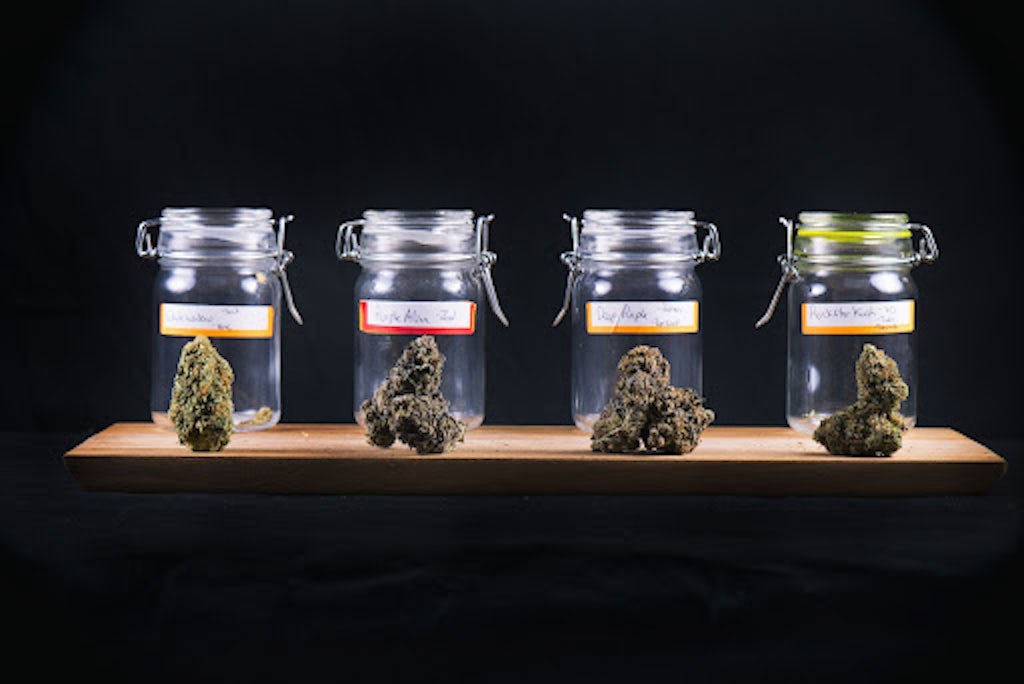
When it comes to THC, we keep needing to move the goalposts. In 2011, High Times published a “Strongest Strains on Earth” feature, with Ghost Train Haze taking home the prize with a THC percentage of 25.49%. Just three years later, it would again win the top spot, when it clocked a THC percentage of 27.46%. In 2015, the magazine named a Chem Dog variety its strongest strain at the Denver Cannabis Cup, with a reported THC of 32.13%. This would be eclipsed yet again in 2017 when a Godfather OG sample from CHR LA Private Reserve was tested at 34.04% THC.2
But other dispatches from the world of cannabis have reported even higher numbers, literally and figuratively.
In 2015, the growers at Buddy Boy Farm in Washington reported receiving 41.7% THC on a lab report for their cut of God’s Gift. In 2018 a Portland Mercury article described the waves made by Future (#1), a strain with 37.28 percent THC. But is that much THC really necessary? In the Mercury article, Mowgli Holmes, the CEO of cannabis biotech firm Phylos Bioscience, described it as more a case of overkill.3
“The general consensus seems to be that the physical limit is gonna be around 35 percent. But we don’t really understand that, or why it is. We’re just guessing. So could a plant get to 37 or 38 percent? Maybe. Probably not impossible. It is pretty unlikely, though. The main point here is: Why the **** would you want a plant that strong? That’s like going to 180 proof from 150.”
Continuing the alcohol comparison, as the potency of the liquor goes up, typically the palatability goes down, and the same is arguably true for cannabis. In exchange for exceptionally high THC concentration, these plants are unlikely to produce as many terpenes, be as robust and resilient to pests as plants that make more typical amounts of THC. It begs to question, instead of sacrificing quality and taste in exchange for concentration, perhaps consuming just a bit more of the less concentrated, tastier stuff.
Are cannabis testing labs trustworthy?
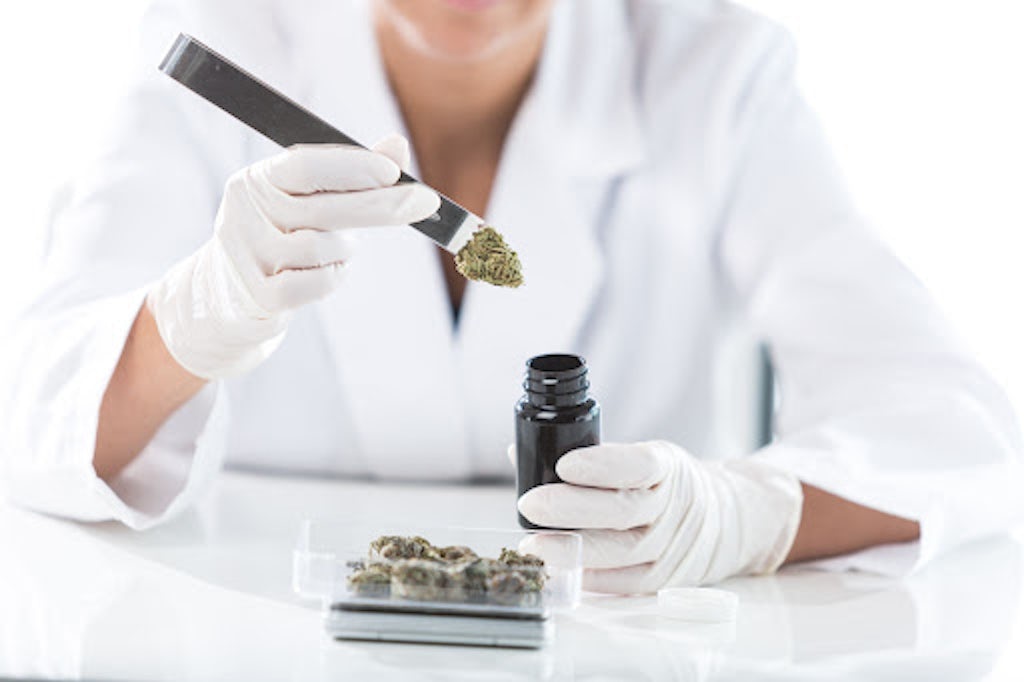
With the popularity of high-potency type I strains,THC levels correlate with there is a real incentive for growers to breed plants that put up the highest THC percentages. This has led many people to suspect that some cannabis testing labs are playing with the numbers in order to attract more business from cultivators who are looking to release the next uber high THC weed strain.
While there is no proof of an industry-wide conspiracy to tweak lab results, there have been some notable cases. In 2017, Leafly reported that Peak Analytics, Washington’s largest cannabis testing lab has been “ sweetening it’s THC content tests — reporting artificially high THC levels — and reflecting an abnormally lower proportion of cannabis samples for microbial contamination.”4
The article includes a complaint from the Washington Cannabis Laboratory Association that stated that “retailers have noticed that when their marijuana vendors switch testing services to Peak Analytics their potency values go up by 1.5x,” and “some retailers have begun requesting their buyers test at Peak Analytics, knowing that it sells better with higher numbers.”
And the CBD market fairs no better, perhaps even worse. Almost all research looking at products in the CBD market have found some pretty startling inconsistencies. One recent 2020 study found that only 3 of 25 products tested within 20% of the label claim.5
A lack of standardized laboratory methods for cannabis testing has left a new industry floundering. The analytical results can vary from one facility to another, even when the same cannabis sample is used. To make standardization even more challenging, samples from the exact same plant can produce varying results, with flowers from the top of the plant often posting higher percentages of THC than flowers harvested farther down the plant.
Ultimately, the problem may reside in the singular focus on THC as the end-all and be-all of cannabis effects. A more holistic approach that looks at the full terpene and cannabinoid profile and takes into account the flavor, aroma, and “bag appeal” of the strain should produce a better picture of how much enjoyment it will bring.
Everyone responds differently to cannabis, and dosing is highly variable. A high THC percentage is only one aspect of potency of the effects. And regardless of what the label says, there is really no substitute for trial and error, and your own anecdotes and impressions.
5 high-THC strains to try out
Bruce Banner: Named after the alter-ego of the Hulk, it’s probably no surprise that this potent strain has been tested at over 30% THC.
Gorilla Glue: The name of this extremely popular strain says it all – stick yourself on the couch, you aren’t going anywhere for a while. Gorilla Glue varieties regulatory test at well over 20% THC, and produce especially sticky, resinous buds (hence the name).
GMO Cookies: Also known as Garlic Cookies or GMO, this strain regularly posts THC percentages higher than 25%, a fitting testament to its alleged parent strains – Chemdawg and Girl Scout Cookies.
Jet Fuel: Also known as G6, this is a high octane, energetic strain with reliably high THC levels of over 20%. Make sure to buckle up before takeoff.
Snoop’s Dream: Sure there may be stronger strains, but if a strain has well over 20% THC, is made by crossing Blue Dream and Master Kush, and is reportedly the favorite strain of Snoop Dogg, then that probably says all you need to know.
Sources
- Citti, C., Linciano, P., Russo, F. et al. A novel phytocannabinoid isolated from Cannabis sativa L. with an in vivo cannabimimetic activity higher than Δ9-tetrahydrocannabinol: Δ9-Tetrahydrocannabiphorol. Sci Rep 9, 20335 (2019). https://doi.org/10.1038/s41598-019-56785-1
- https://hightimes.com/grow/the-strongest-strains-on-earth-2017/
- https://www.portlandmercury.com/cannabuzz/2018/04/18/19820796/this-might-be-the-strongest-weed-ever
- https://www.leafly.com/news/industry/leafly-investigation-washingtons-top-cannabis-lab-inflating-thc-numbers
- Gurley BJ, Murphy TP, Gul W, Walker LA, ElSohly M. Content versus Label Claims in Cannabidiol (CBD)-Containing Products Obtained from Commercial Outlets in the State of Mississippi. J Diet Suppl. 2020;17(5):599-607. doi:10.1080/19390211.2020.1766634
Sign up for bi-weekly updates, packed full of cannabis education, recipes, and tips. Your inbox will love it.

 Shop
Shop Support
Support